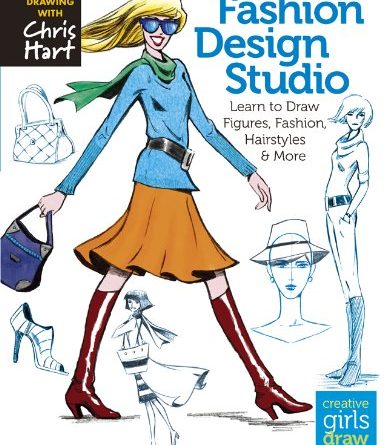
You don’t need to draw them all, but it is better to have a good fundamental knowledge of the construction.įolds tend to pull at prominent seams, especially on clothes like suits where the transition between seams is quite noticeable at the shoulder. It’s good to familiarise yourself with common placements of seams.

It is also more idle and shows fewer folds even when moving.Īll clothes have their own arrangement of parts, which heavily influences the formation of folds. Heavy fabric causes folds of a different volume and different width. When drawing fabric it is a good idea to consider how thick/thin, hard/soft, heavy/light and smooth/textured the material is first.

The amount of folds also depends on how heavy the fabric is and what kind of material it is made of. Soft and thin material produces the most folds, especially around the bending areas. Hard materials are usually pulled more at the bending area or at the seams. Thicker material has wider folds that are usually less visible. Their texture dictates how diffused the shadows are. They all have their very own characteristics that help to decide where to put the appropriate folds. It is very important to consider the materials that you draw when dealing with folds. I’ve collected some pointers and commonalities here that I’ve come across so far. Understanding some common principles will make it possible to draw them convincingly in a more stylized way. The more realistic you want to draw and paint folds, the more references you will need.
#LEARNING TO SKETCH FASHION HOW TO#
There is no single rule on how to draw folds-The best way to understand drapery is to do as many studies of folds as you can. There are many different types and factors that influence them.


 0 kommentar(er)
0 kommentar(er)
